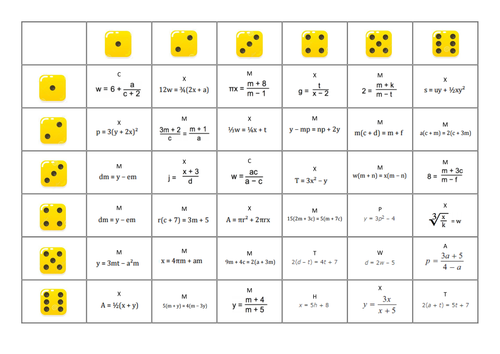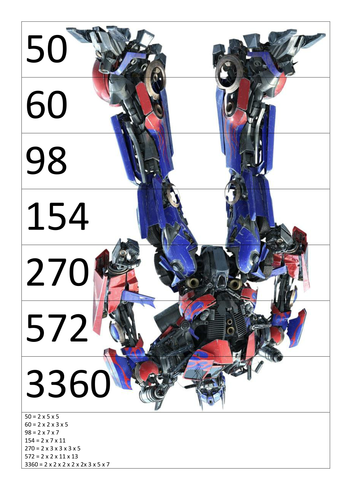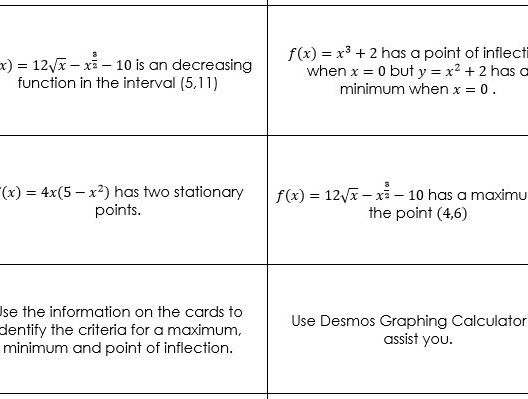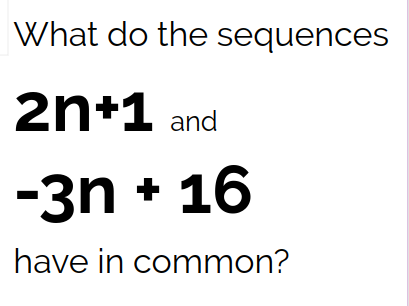
73Uploads
309k+Views
248k+Downloads
Mathematics

Rearranging Equations Revision Game
An opportunity to recap and revise simultaneous equations with a versatile resource.
Idea 1 -
Roll the dice to select the question and then race in pairs or small groups to gain the answer. Counters can be used to award point for the team with the first correct answer.
Idea 2 -
Connect 4. In pairs answer the question of your choice with the aim of forming 4 in a row.
Idea 3 -
In pairs take it in turns to roll a pair of dice and complete the question. A correct answer and you control the square, otherwise you partner has a turn to steal. Winner has the most squares.

Drawing Quadratics
Lesson crafted to enable all students to draw quadratics with the outcomes:
To substitute values into quadratics.
To draw quadratic graphs.
To find solutions to quadratics graphically.
Easily adaptable to more difficult quadratics.

Product of Prime Factors - Relay Race
Prime factor decomposition is an deal opportunity to build it something a little different with an Optimus Prime factor decomposition relay. In pairs or teams students receive the first piece of the puzzle and are instructed to write the number as the product of its prime. On successful completion they receive the second piece and so on.
It culminate with a race to build the transformer that then leads to the ultimate conclusion that prime factorisation is simply about transforming numbers from one look to another without changing who they truly are!
PDF attached for ease and a word document attached so that you can edit the difficulty and create your own. The lesson that I typically accompany the activity with is also included.

C2 Differentiation - Discovering Maximums, Minimums and Points of Inflection
Use the mix of 3 resources to introduce maximums, minimums and points of inflection. Students are encouraged to refer to graphs drawn via the free Desmos Graphing Calaculator and complete the set of rules they need to go on to tackle the chapter exercises or past exam questions. They'll also have a model answers to annotate and analyse for a method.

Inequalities
Lesson designed to teach the following objectives in a high pace, clear progress and differentiated manner to a KS3 group.
To identify integer values of inequalities.
To show inequalities on a number line.
To read inequalities off a number line.
The first power point contains all worksheets, progress checks, extension tasks and quiz quiz trade cards. The second is edited just to include the slides that are presented to the students.

Sequences
Exploring sequences through a series of big problems that encourage students to find multiple methods. There are additional questions to promote deeper thought and understanding around a new method or technique. We begin at finding the nth term and conclude with ‘is a term part of a sequence?’.
I’ve removed resources used to practise and consolidate methods due to restictions but all content is freely available from corbettmaths.com and variationtheory.com






